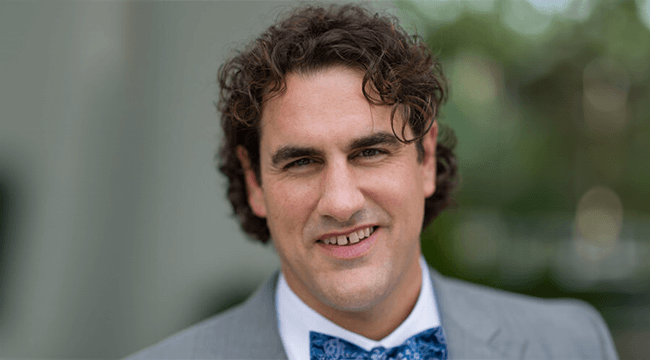Spees Interviewed in Nature about Cells Swapping Their Mitochondria
There’s unexpected movement in the world of cell biology—specifically, with the energy factories known as mitochondria. Researchers are studying why these energy factories are moving between cells and whether the process can be harnessed to treat cancer and other diseases.
This mitochondrial transfer has been observed in a wide variety of cells and in organisms as diverse as yeast, molluscs, and rodents. “It’s really exciting to see,” says Spees, a stem-cell biologist at the University of Vermont.
In 2006, Spees and his colleagues captured the first glimpse of mitochondria skipping from one cell to another. The team had been trying to understand a perplexing behavior of stem cells in laboratory dishes. These cells seemed to be sharing some kind of physical information that told them how to differentiate, and mitochondria were thought to be involved. The grainy black and white footage showed the stem cells shooting out their mitochondria, which were then taken up by the defective lung cells. After the donation, the lung cells quickly recovered their ability to divide and transform glucose into energy.
“Watching it was like a miracle,” says Spees.
Since then, researchers have observed mitochondria zipping between several types of cell—lung, heart, brain, fat, bone, and more.
There are many unanswered questions about mitochondrial transfer, including what the organelles might be doing after they enter cells and how long they last. Despite the unknowns, many researchers studying mitochondrial transfer express confidence that it happens at least sometimes in humans. Their research into the basic biology of the process is in large part motivated by a desire to leverage the process to improve human health. If mitochondrial transfer turns out to be a major biological player inside the body, it could open several potential treatment avenues.
